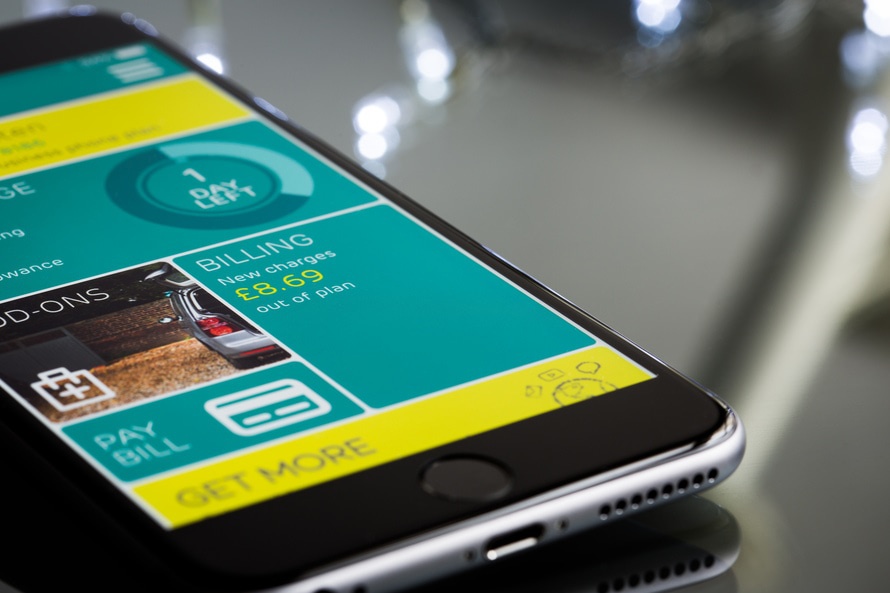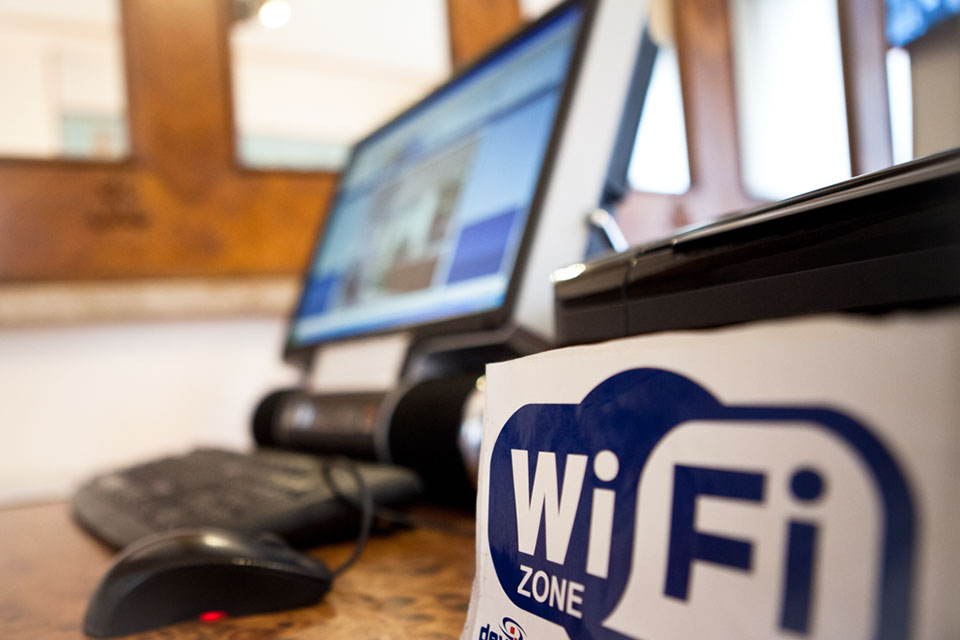The Social Age is about connections: within networks, through technology, to communities, with each other, over time.
It’s about co-created stories: knowledge built in the moment from multiple sources and filtered through the sense-making groups we belong to.
Co-created knowledge, fragments of spare thought, aligned to build our understanding of how the world is today. And how it will be tomorrow.
And yet agility may not lie down this route. Sure, we still need control, we still need formal structures and we still need formal learning. It’s just that we also need to recognise that it’s only half of the story.
The other half is what surrounds it: wisdom, ground truth, experience. Often not so easily identifiable, deeply grounded within our communities and hard to acquire except through engagement.
We are connected through technology, and yet the technology is not, in itself, connection – it’s what we say to each other that connects us, how we treat each other, support each other, challenge and enlighten each other.
Technology is the mechanism by which we are connected, but communication is what it enables the connection, and communication is about people. About you, about me, about the stories that we share.
Often organizations talk about engagement, as if it’s something mysterious, sought after, elusive. Engagement is, in fact, everywhere. You cannot buy or bestow engagement, you can only earn it.
Those organizations stuck in the past, constrained by old models of working and older mindsets of thinking can never truly achieve engagement because they never truly want it. They never truly want what it brings – curiosity, agility, impermanence.
Identify the people who engage naturally and do everything we can to support, nurture and recognize them, these are the first generations of Social Leaders, the connected strata who will form the foundations of our change community.
If we help these people tell our story, and shape the story, we may achieve greater connectivity with the story.
It will spread and grow under the power of amplification, rather than brute force. That’s the key to change – connection. So our role becomes facilitating, not standing at the top and trying to force the organization to become fit for the Social Age, but alongside it, nurturing and unleashing its natural potential.
It starts with reflection and grows to a community, connected around ideas, around shared values.
To change our organizations, we must create spaces and permissions to connect, and recognize those people who do so, recognize them socially. Celebrate the success that they bring.












